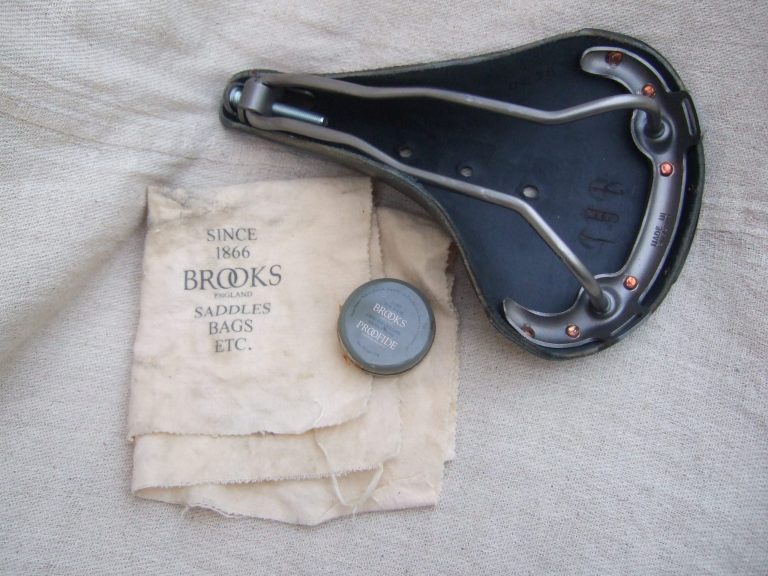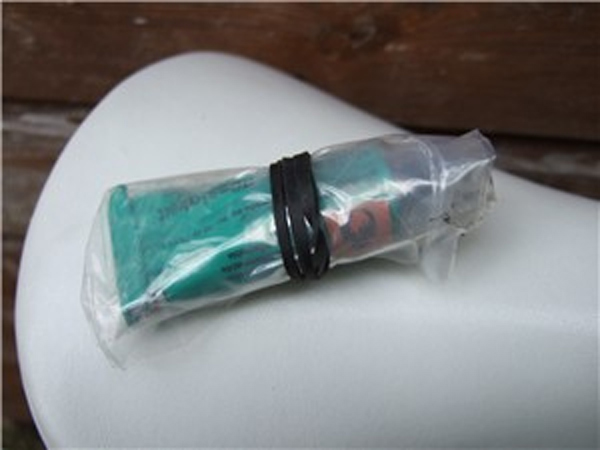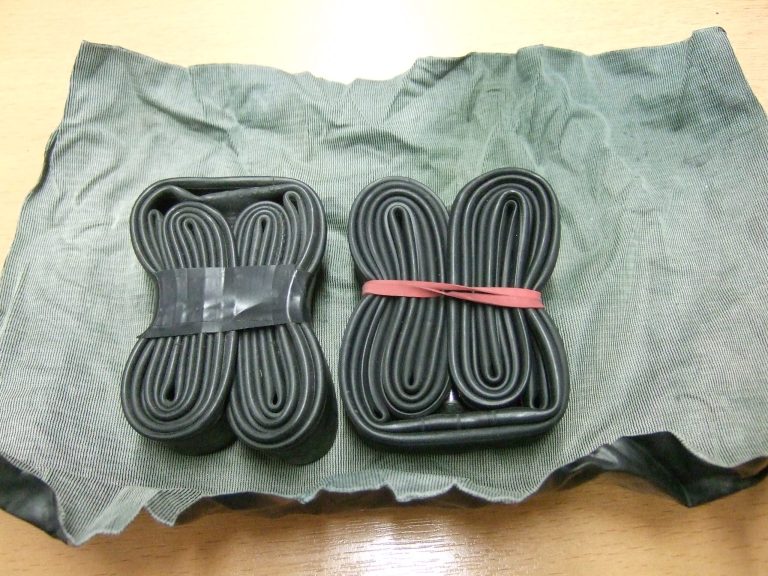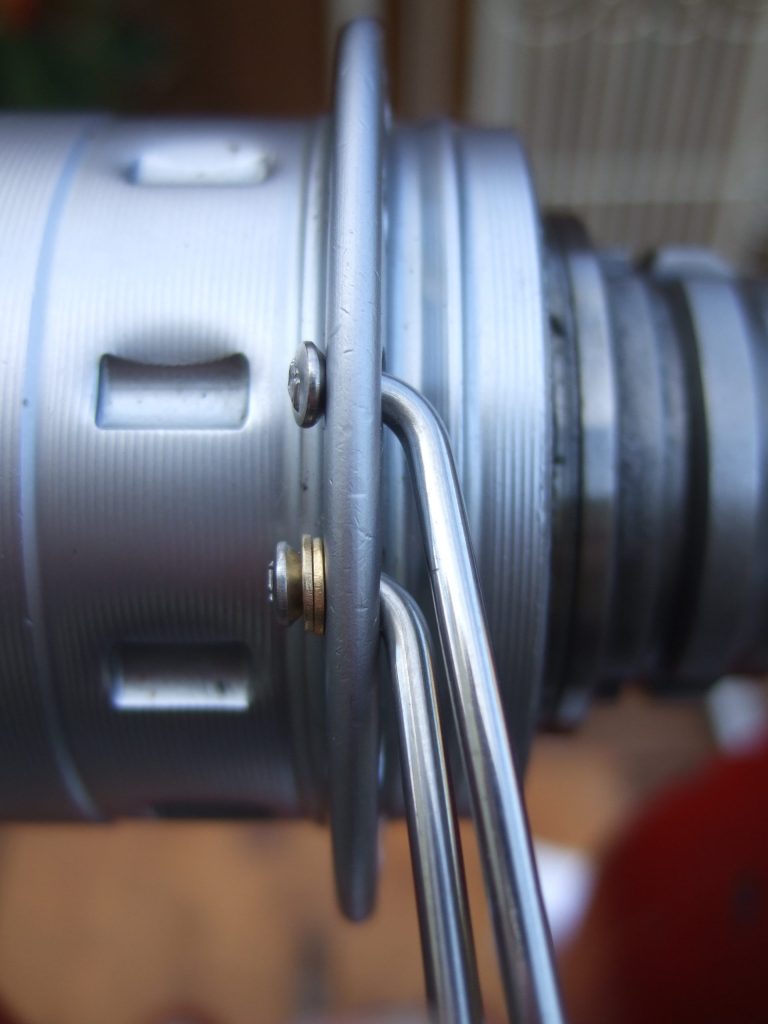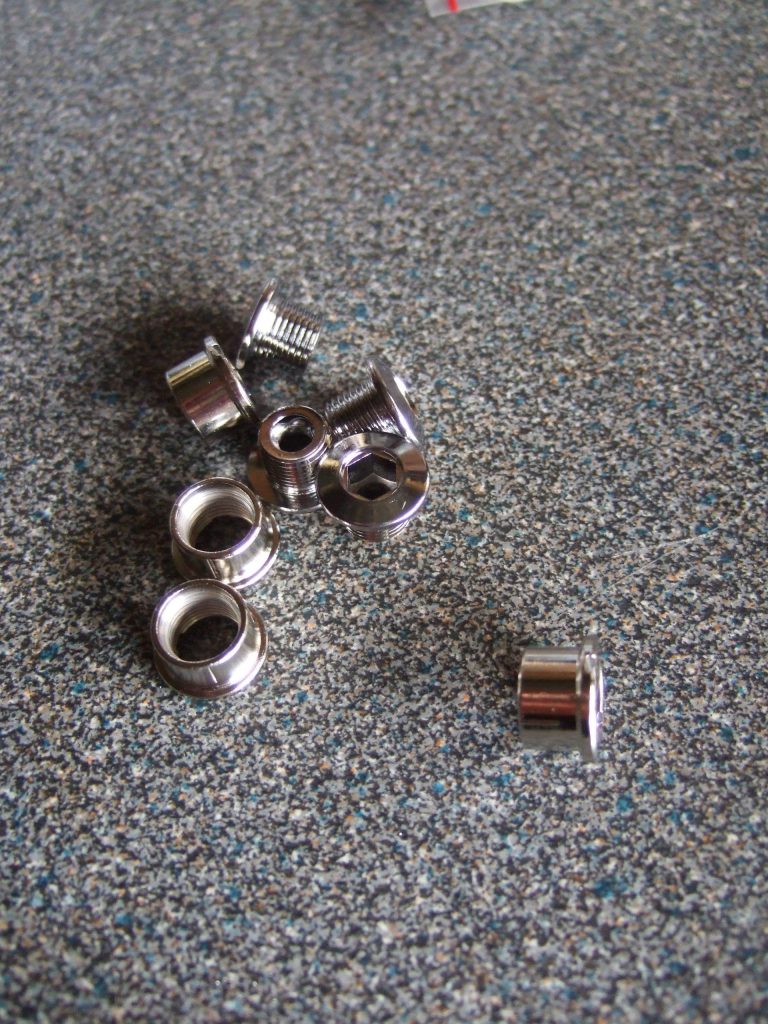
- The offending flint
Should you check your tyres for embedded flints and pick them out, or leave well alone? It probably depends on whether or not you believe a flint left in the tyre will eventually penetrate it and puncture the tube. After all, if this is not what happens, why bother? (No, DA, the weight of the flints is not significant)
This is one argument that should not be too hard to resolve: check tyres until a suitable flint is found embedded, then leave it there for a few hundred miles or until the tyre flats.
Even we can manage that. The result was a win for the idle, since not only did the flint not penetrate the tyre, but it developed a smoothed road-side edge that indicated it was being worn away by the road surface with every revolution.
This is not unimportant. The argument essentially revolves around the question of whether a flint gradually works its way through a tyre, driven by the pressure repeatedly exerted on it by the road surface, or whether a flint gets just one chance, on initial contact, to do the foul deed.

- Flint embedded in tyre tread
Having over the years found many flints in tyres worn enough for replacement, I had previously concluded that the latter is correct. This experiment would seem to confirm the view. In other words, if the flint is not long enough to pierce the tyre completely on first contact, it simply sits in the tread and goes in no further.
Repeated contact between the tread at the point where the flint is lodged and the road do not drive it in because the tread does not get sufficiently thin as it compresses against the Tarmac. The mechanism that prevents it working in over time is the steady erosion of the back of the flint by the road, so that as the tread gets thinner, the flint gets shorter.
That’s my theory, anyway.

- Flint extracted; note rounded edge




